Ginger Turkey Meatballs with Maple Tahini Glaze
These festive Ginger Turkey Meatballs with Maple Tahini Glaze are a real crowd-pleaser! Sprinkled with black sesame seeds and chopped scallions, they look great on a spread of appetizers.
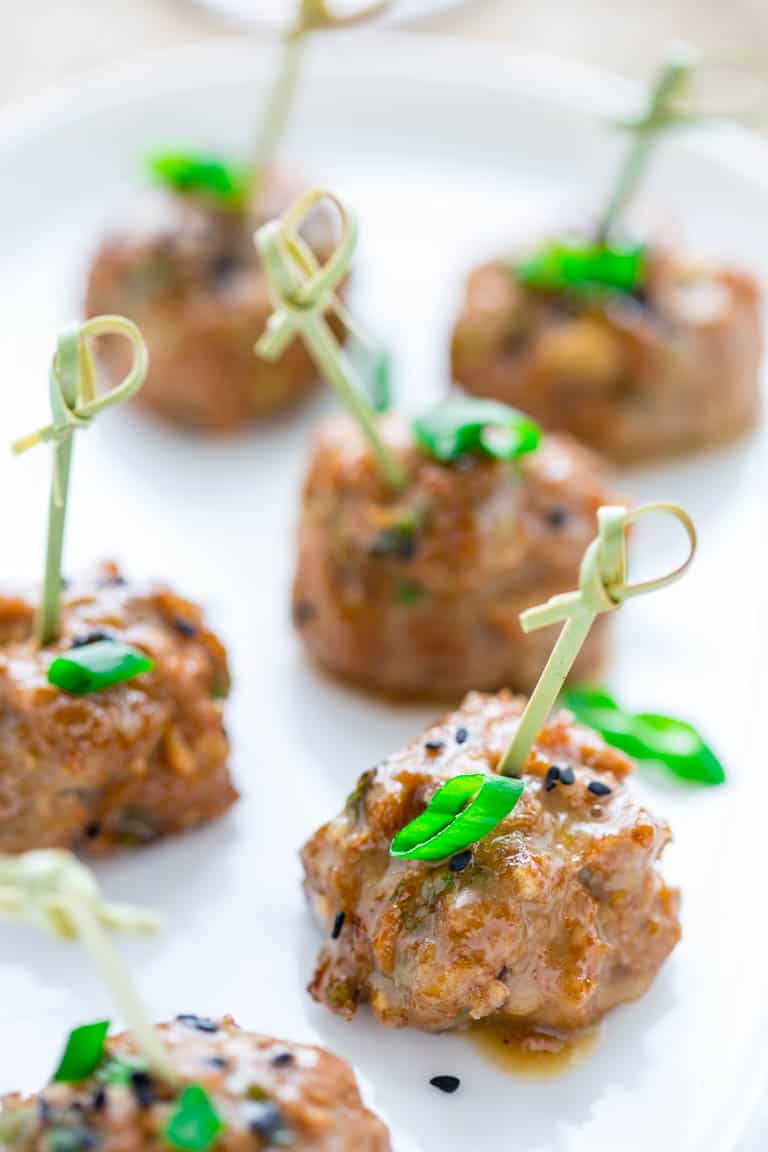
Table of contents
Why We Love This Recipe For Ginger Turkey Meatballs with Maple Tahini Glaze
To make these ginger turkey meatballs you blend tamari, sesame oil, ginger, scallions and water chestnuts with ground turkey, then form this mixture into little balls and bake until golden. The maple tahini glaze is a sweet and nutty finishing touch.
Just like my Hoisin Glazed Turkey Meatballs, they’re very easy to make and work well for entertaining any time of the year.
Recipe Highlights
- Gluten-free
- Great for entertaining, potlucks, game day, or any get together
- Only take 35 minutes to make
- Work well when made ahead
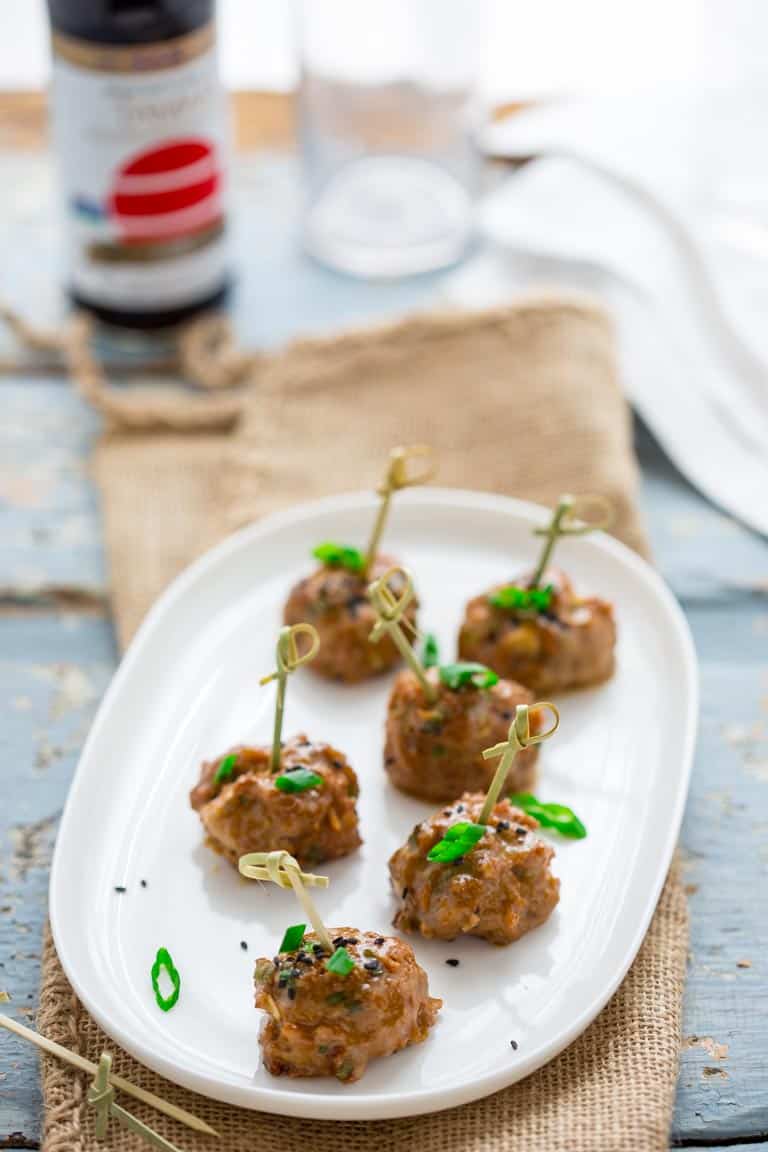
Key Ingredients For These Ginger Turkey Meatballs
- Reduced-Sodium Tamari: If you use regular tamari instead of reduced-sodium, simply omit the 2 teaspoons in the glaze to ensure the meatballs will not be over-salted. You could also use reduced-sodium soy sauce instead, but be aware that the recipe will no longer be gluten-free.
- Toasted Sesame Oil: Sesame seed oil adds such a nice nuttiness to these ginger sesame meatballs. Look for it at the supermarket with other Asian ingredients.
- Ginger: Peel fresh ginger root with a paring knife or the edge of a spoon before mincing.
- Red chili flakes: Also known as crushed red pepper, this adds a punch of heat to the meatballs. You could use a 1/4 teaspoon cayenne or a teaspoon of hot sauce instead.
- Cornstarch
- Scallions
- Water Chestnuts
- Ground Turkey: This recipe calls for 99% lean ground turkey and it really matters. I tested these meatballs with other grinds of turkey including ones labelled with higher percentages of fat and those that did not specify the amount of fat. They fell apart and had a mushy texture.
- Maple Syrup: I used pure maple syrup for the glaze.
- Tahini: Tahini is a paste made out of sesame seeds. It adds a nutty, earthy flavor to the meatball dish.
- Sesame Seeds: Black and/or white sesame seeds, for garnish.
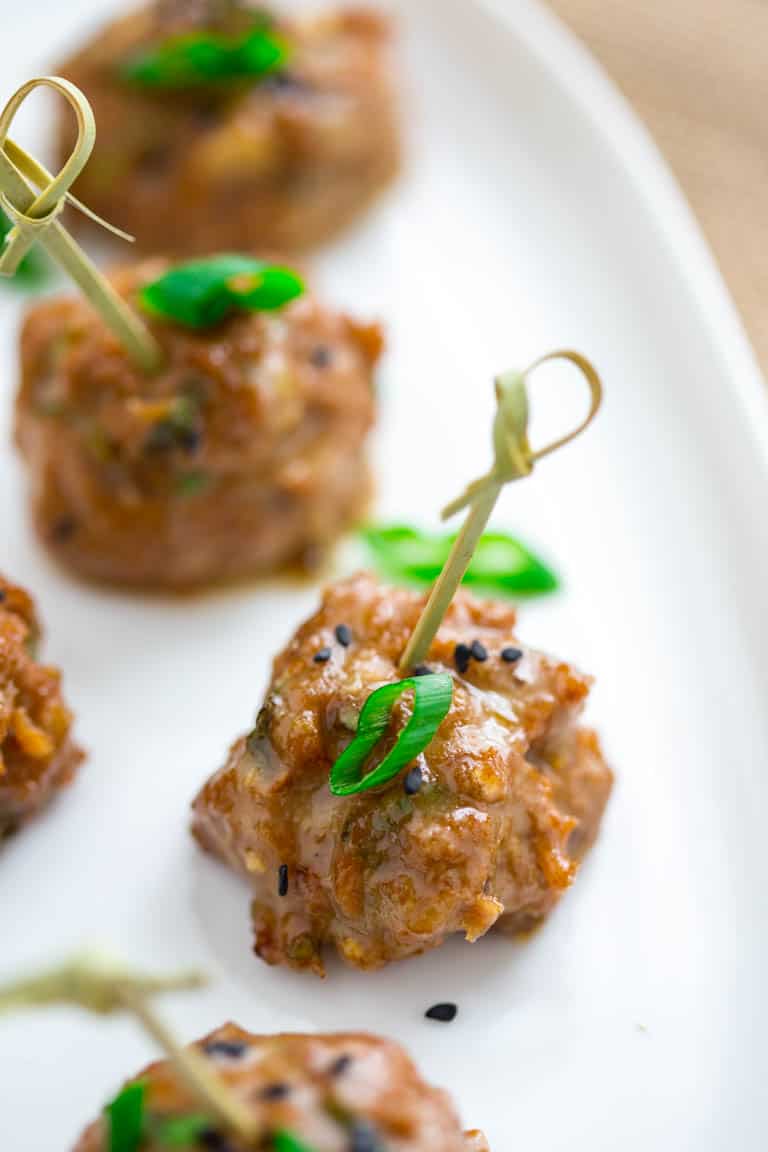
Step-by-Step Instructions
Step 1: Preheat oven
Preheat the oven to 400 degrees F. Line a large baking sheet with parchment paper.
Step 2: Make turkey meatball mixture
Whisk together the Tamari, sesame oil, ginger and red chili flakes in a large bowl. Whisk in the cornstarch until smooth, then stir in the minced scallions and water chestnuts. Add the ground turkey and mix until completely combined.
Step 3: Shape and bake ginger sesame meatballs
Drop the turkey mixture by rounded tablespoons onto the prepared baking sheet, gently re-shaping into ball shapes if necessary. Lightly coat the meatballs with cooking spray and transfer to the oven. Bake until they are completely cooked through, 17 to 20 minutes. Let them sit for 3 minutes to firm up.
Step 4: Make maple tahini glaze
While they cool, whisk together the maple syrup and tahini in a large bowl. Add the cooked meatballs and gently stir to coat. Transfer them to a serving platter, and sprinkle the meatballs with the remaining sliced scallions and sesame seeds. Serve the meatballs with toothpicks.
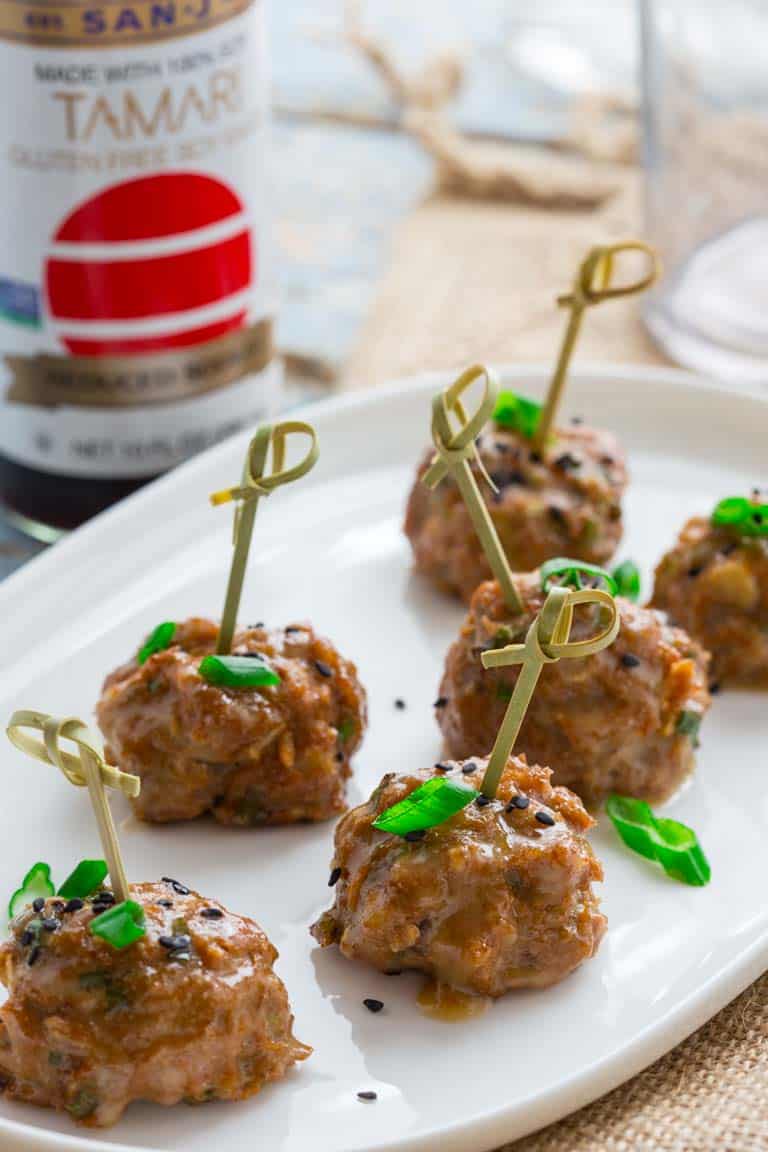
FAQs and Expert Tips
I have not tested this with chicken, pork or beef, but my guess is that ground pork (with more fat) would be fabulous. I promise to come back and report if I do try it soon, and I’d love it if you did the same.
Yes. Form the balls one day in advance. Cover and refrigerate. Bake and glaze them just before you’re ready to serve. You could also follow steps 1 through 3, then freeze them for up to 2 months. Once ready to serve, reheat in the microwave and coat in maple tahini glaze.
Store the meatballs in an airtight container in the fridge for up to 4 days.
Reheat cooked meatballs in the microwave. Or heat in a 325 degrees F oven on a baking sheet for 5 to 10 minutes until heated through.
Thanks so much for reading! If you are new here, you may want to sign up for my email newsletter to get a free weekly menu plan and the latest recipes right to your inbox. If you make this recipe, please come back and leave a star rating and review. I would love to hear what you thought!
Happy Cooking! ~Katie
Print
Ginger Turkey Meatballs with Maple Tahini Glaze
- Total Time: 35 minutes
- Yield: 20 meatballs 1x
Description
These festive Ginger Turkey Meatballs with Maple Tahini Glaze are a real crowd-pleaser! Sprinkled with black sesame seeds and chopped scallions, they look great on a spread of appetizers.
Ingredients
- 2 tablespoons reduced-sodium Tamari
- 1 tablespoon toasted sesame oil
- 1 teaspoon finely grated fresh ginger root, preferably grated with a rasp-style grater
- 1/4 teaspoon red chili flake
- 1 tablespoon cornstarch
- 2 scallions, minced plus sliced scallion greens for garnish, divided
- 1/2 cup drained, finely chopped water chestnuts
- 1 pound 99% lean ground turkey
- 1 tablespoon plus 2 teaspoons pure maple syrup, dark or amber
- 1 tablespoon sesame tahini
- Black and/or white sesame seeds, for garnish
Instructions
- Preheat oven to 400 degrees F. Line a large baking sheet with parchment paper.
- Whisk Tamari, sesame oil, ginger and red chili in a large bowl. Whisk in cornstarch until smooth. Stir in 2 minced scallions and water chestnuts. Stir in turkey until completely combined.
- Drop turkey mixture by rounded tablespoons onto the prepared baking sheet, gently re-shaping into ball shapes if necessary. Lightly coat the balls with cooking spray and transfer to the oven. Bake until the meat is cooked through, 17 to 20 minutes. Let sit for 3 minutes to firm up.
- Whisk maple syrup and tahini in a large bowl. Add the cooked meatballs and gently stir to coat. Transfer to a serving platter. Sprinkle the meatballs with the remaining sliced scallions and sesame seeds and serve hot with toothpicks.
Notes
Make-Ahead: Make them no more than one day in advance, then keep them covered in the refrigerator until ready to cook. You could also follow steps 1 through 3, then freeze them for up to 2 months. Once ready to serve, reheat and coat in maple tahini glaze.
- Prep Time: 15 minutes
- Cook Time: 20 minutes
- Cuisine: American
Nutrition
- Serving Size: 1 meatball
- Calories: 44
- Sugar: 1 g
- Sodium: 89 mg
- Fat: 2 g
- Saturated Fat: 0 g
- Carbohydrates: 1 g
- Fiber: 0 g
- Protein: 6 g


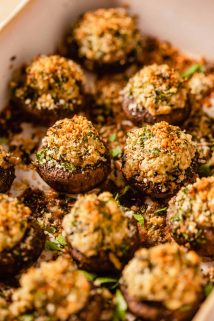




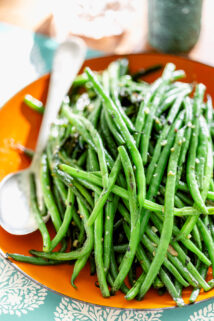

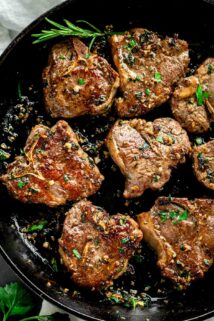
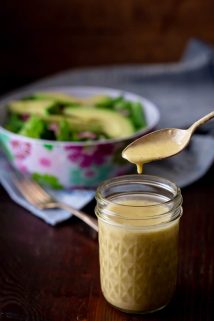

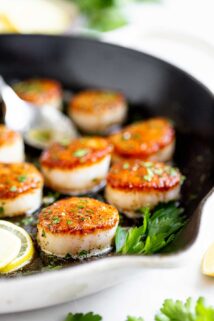

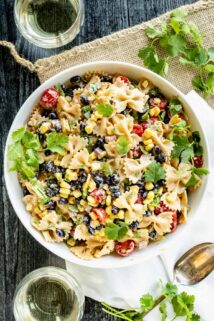

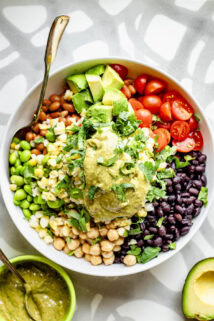
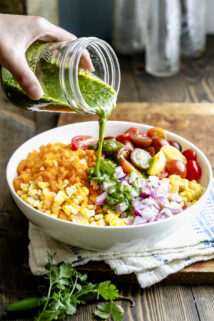
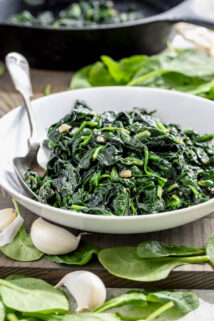
So glad to have found your site. Wonderful, simple recipes. This one looks great and I am going to definitely print out and make it. I do have a question. I don’t see anywhere in the ingredients the water chestnuts listed. They are mentioned in the preparation part of the recipe. thank you.
I am so glad you said somethingJeanne, because this recipe was still in an older format, and we must have missed it when moving it to the newer one. You’ll find the recipe updated complete with water chestnuts above. For the record, I tested with and without water chestnuts and it works both ways. They add a nice texture contrast and bulk up the meatballs a bit. But if you like to leave them out that is fine as well.
I recently discovered tamari – I love the umami kick it gives to savory dishes! Pairing it with turkey meatballs is genius – I can’t wait to give this a try.
That’s great Luci. Hope you have a great day.
Yum!!! These would make for a perfect appetizer for the holidays or the next time I’m entertaining! Can’t wait to try it!
Thank you so much Sarah! Hope you have a great day.
This is a very nice recipe for parties. I like the added maple flavor, chili flakes, ginger and tahini. I did not know the difference between tamari and soy. Your explanation of the processing procedure was very interesting.
Thanks so much and glad you stopped by today!
This meatball recipe looks delicious and it is wonderful idea to upcoming holiday party. This is awesome.
Thank you so much Sabrina!
These sound and look fantastic. Wouldn’t it be fun to have meatball party? I’ve seen so many yummy versions. I love your bamboo toothpicks. 🙂 And thank you for your explanation of soy sauce versus tamari. I have celiac disease and it is disheartening to see people post “gluten free” recipes containing soy sauce without specifying. Thank you for your educating in the blog.
I bought those toothpicks forever ago because I thought, oh those would be cute to use for meatballs. And now I am finally making meatballs! ha ha. Glad you noticed/appreciated them. And about wheat in soy sauce, I totally feel for you. I used to personal chef for clients with celiac disease, so I know how hard educating about what is truly gluten-free can be. I distinctly remember calling ahead to a very fancy restaurant on behalf of one of my clients who would be dining there. I asked about extracts and cooking sprays for pans and they thought I was crazy. Soy sauce is a classic example!